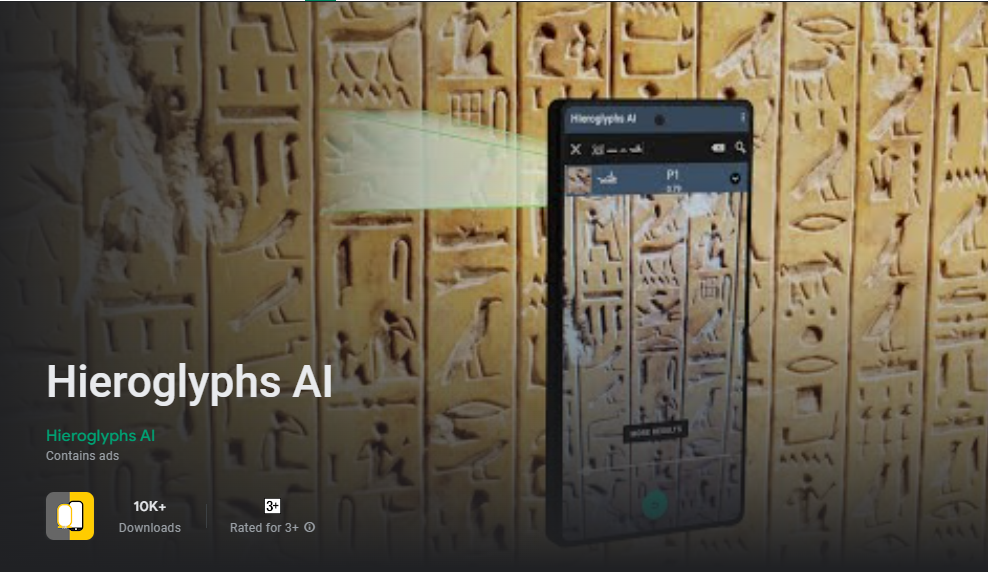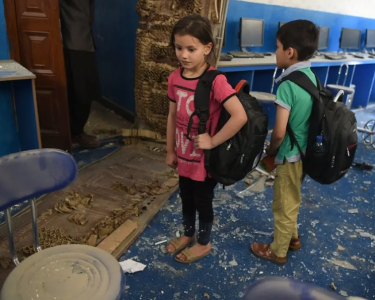by Mahmoud Fouly
CAIRO, Aug 14 (NNN-XINHUA) – In the dimly lit main hall of the National Museum of Egyptian Civilisation, a small crowd gathered around the painted wooden coffin of Sennedjem, a master craftsman of the 19th Dynasty (1295-1186 BC).
Standing close, Egyptian app developer, Ahmed El-Kholy, raised his phone and aimed the camera at the vertical bands of hieroglyphs. Within seconds, his app, Manetho, transformed the 3,000-year-old inscriptions into modern text in English, then into Arabic, after selecting it from the available languages.
El-Kholy called Manetho “the world’s first real-time hieroglyphic translator, using artificial intelligence.” He explained that, “all the tourists have to do is to be in front of a statue or a papyrus sheet, take a picture of the hieroglyphic symbols, and the translations appear instantly.”
“The idea began when we used to go to museums and temples to just watch and take photos without understanding what the inscriptions meant … we realised we needed to invent something that could translate the hieroglyphics,” he told Xinhua.
Just a few steps from the coffin display, a British tourist who identified himself as Phillip, stood before the black granite sphinx of 12th Dynasty (1985-1795 BC) King Amenemhat III, carved in a crouching lion form, symbolising control over the universe.
Guided by the Egyptian developer, he opened Manetho and tapped the phone screen. Instantly, the statue’s base inscriptions appeared in English: “Horus, the living king of Upper and Lower Egypt, the good god, beloved of Maat, who gives life …”
Clearly impressed, Phillip described the app as “very easy to use and informative,” adding that, “it could be a game-changer for enhancing the visitor’s experience.”
El-Kholy, a computer science graduate of 2024, developed Manetho with a team of over 16 technicians and Egyptology experts. The app won first place in the Huawei Developer Competition for Egypt and North Africa last year, earning the team a spot in the global finals in China.
The Chinese tech giant supports the project through its startup programme and cloud services, offering technical resources, support, and training.
Beyond translation, Manetho features augmented reality (AR) experiences, that bring artefacts to life.
One AR sequence features Queen Nefertiti greeting visitors and telling her story in Arabic: “I am Nefertiti, the queen whose name was inscribed in the pages of history …”
In another, a marble bust of Niobe, a mythological Greek queen, speaks in English: “For centuries, I stood in stone. Visitors came and went. They admired the shape, but never heard the story.”
Looking ahead, the Egyptian developer envisions future collaborations with Huawei, to provide virtual reality experiences in museums and heritage sites, allowing visitors to explore tombs or view statues in 3D as they “tell” their stories.– NNN-XINHUA






